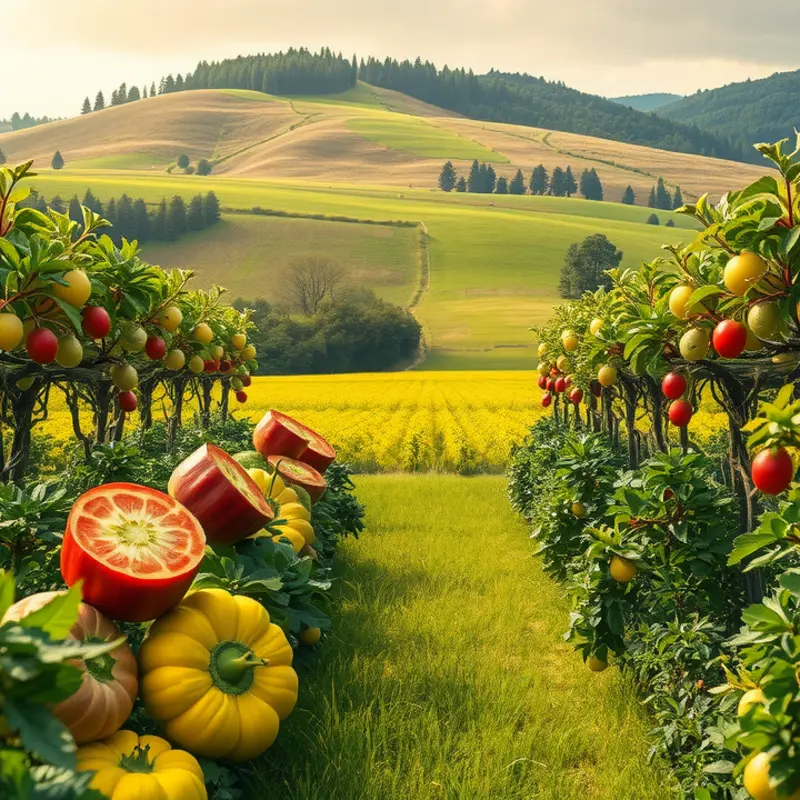Storing food properly in the freezer can significantly extend its lifespan while retaining nutrients and flavor. Understanding the right techniques for packaging food goes a long way in minimizing waste and improving overall food management at home. This guide will explore actionable steps to ensure your food is not just frozen, but perfectly preserved for your future meals.
Choosing the Right Materials for Freezer Packaging

Selecting appropriate packaging materials is vital to maintaining food quality and minimizing waste when using your freezer. Each type of packaging offers distinct benefits and considerations that impact the longevity and safety of the food stored within.
Plastic Freezer Bags:
Plastic freezer bags are convenient and flexible, providing a quick solution for freezing various food items. They are designed to withstand low temperatures and come with seals that prevent air from leaking in. Removing excess air from the bags creates an airtight seal, preserving the food’s freshness while preventing freezer burn. Choose thicker bags made from durable materials to ensure that they won’t be punctured by sharp foods or during handling. However, plastic bags may not be the best choice for long-term storage due to their potential to absorb odors and stains.
Glass Containers:
Glass containers, which are odor-resistant and non-toxic, present an environmentally-friendly packaging option. They offer a durable and safe way to store food while maintaining its taste. Since glass is impermeable, it won’t absorb flavors or smells. Ensure you select containers explicitly labeled as freezer-safe to prevent cracking due to temperature changes. One downside is that glass can be heavy and breakable, making it less ideal for people who frequently handle their freezer contents.
Aluminum Foil:
This material is excellent for wrapping solid foods like meats and casseroles. Foil is easy to shape and provides a barrier against moisture and oxygen. To use foil effectively, double-wrap items to secure them from air exposure. This method helps in extending the food’s shelf life. However, foil is not suitable for foods with high acidic content as it may react with the aluminum. Moreover, foil can tear easily, so it should be handled with care.
Plastic Wrap:
Plastic wrap offers a versatile and tight seal for preserving food. It’s particularly useful for covering odd-shaped items. Despite being lightweight, it acts as an effective barrier against moisture loss. However, plastic wrap alone usually doesn’t provide enough protection from freezer burn for long-term storage. It works best when used in combination with another barrier, like foil or a freezer bag.
Reusables and Sustainable Options:
For those interested in eco-friendly kitchen solutions, using reusable silicone bags or beeswax wraps can be appealing alternatives. Silicone bags offer the same flexibility and air-tight protection as traditional plastic bags without the environmental impact. Meanwhile, beeswax wraps can be useful for wrapping certain food items like bread, though their usage in freezers is limited compared to other materials.
Choosing materials based on the food type, intended storage duration, and personal environmental considerations can significantly enhance your freezer management. By making informed choices, you extend the lifespan of stored goods and mitigate potential waste, contributing not just to your household’s efficiency but also to broader sustainability efforts.
Best Practices for Freezer Food Management

Implementing effective freezer food management begins with organizing your space efficiently. Start by dedicating zones for different categories, for example, meats on one shelf and vegetables on another. This approach helps prevent digging through disorganized piles, saving time and energy.
Labeling is a cornerstone of good freezer management. Use waterproof markers to label each package clearly. Opt for simple identifiers such as ‘Chicken Breast’ or ‘Peas’ followed by the freezing date. Dating is crucial to ensure first-in, first-out rotation, reducing the risk of items going bad. An organized labeling system can significantly prolong the usability of frozen goods and decrease food waste.
Consider the size and shape of the containers you use. Flat, stackable bags optimize space better than irregularly shaped containers. When packaging liquids like soups, lay the bags flat until frozen for easy stacking. Similarly, wrap meats and loaves tightly in foil before storage to conserve space.
Remove as much air as possible when sealing containers, whether using zip bags or wrapping in foil. Air trapped inside containers accelerates freezer burn, which compromises food quality. A vacuum sealer can be a valuable tool for airtight sealing.
Managing freezer space is also about monitoring what’s inside. A digital or manual inventory list on the freezer door keeps track of stored items. Update this list as you add or remove items, ensuring accuracy. This practice not only helps manage food inventory but also aids in planning meals faster.
To further enhance your freezer management skills, consider smarter organizing strategies. Small dividers can create sections within drawers, making access and organization easier. For those keen on meal prepping, batching ingredients together, as discussed in practical ingredient batching, can streamline your process, making storage even more efficient.
Decreasing waste by integrating these best practices leads to more sustainable eating habits and a more organized kitchen. Adopt an eco-smart approach to kitchen storage, choosing reusable bags and containers that ensure longevity and reduced plastic waste. Each step taken towards efficient food management contributes not only to reducing personal food waste but also to broader environmental benefits.
Final words
Mastering proper freezer packaging techniques not only ensures that your food stays fresh but also helps you maintain a clean, waste-free environment in your kitchen. By selecting appropriate materials, utilizing effective organization practices, and labeling your food correctly, you’ll contribute to better meal planning and management. This knowledge equips you to make the most of your groceries, saving you money and enhancing your cooking experience at home.







